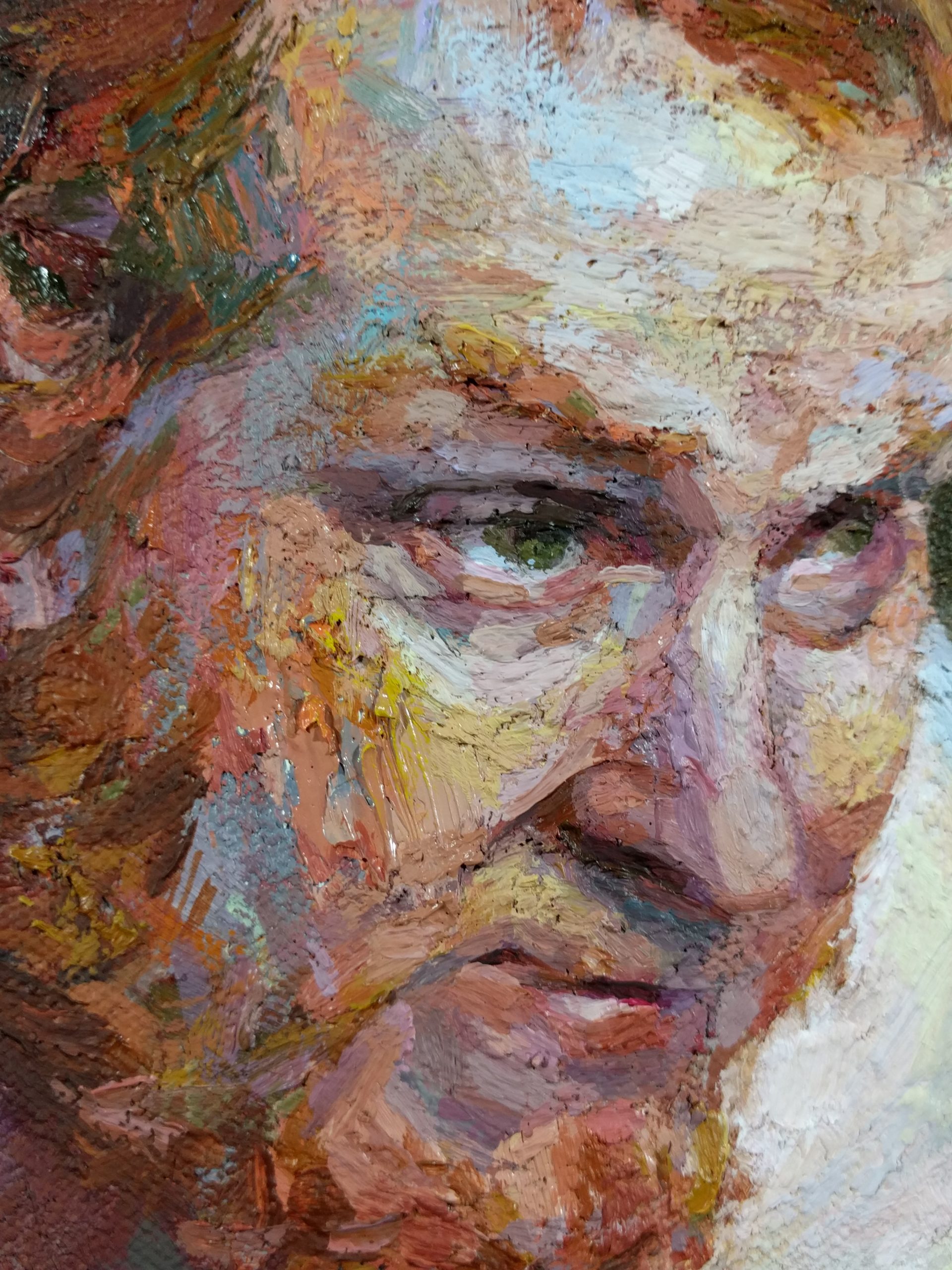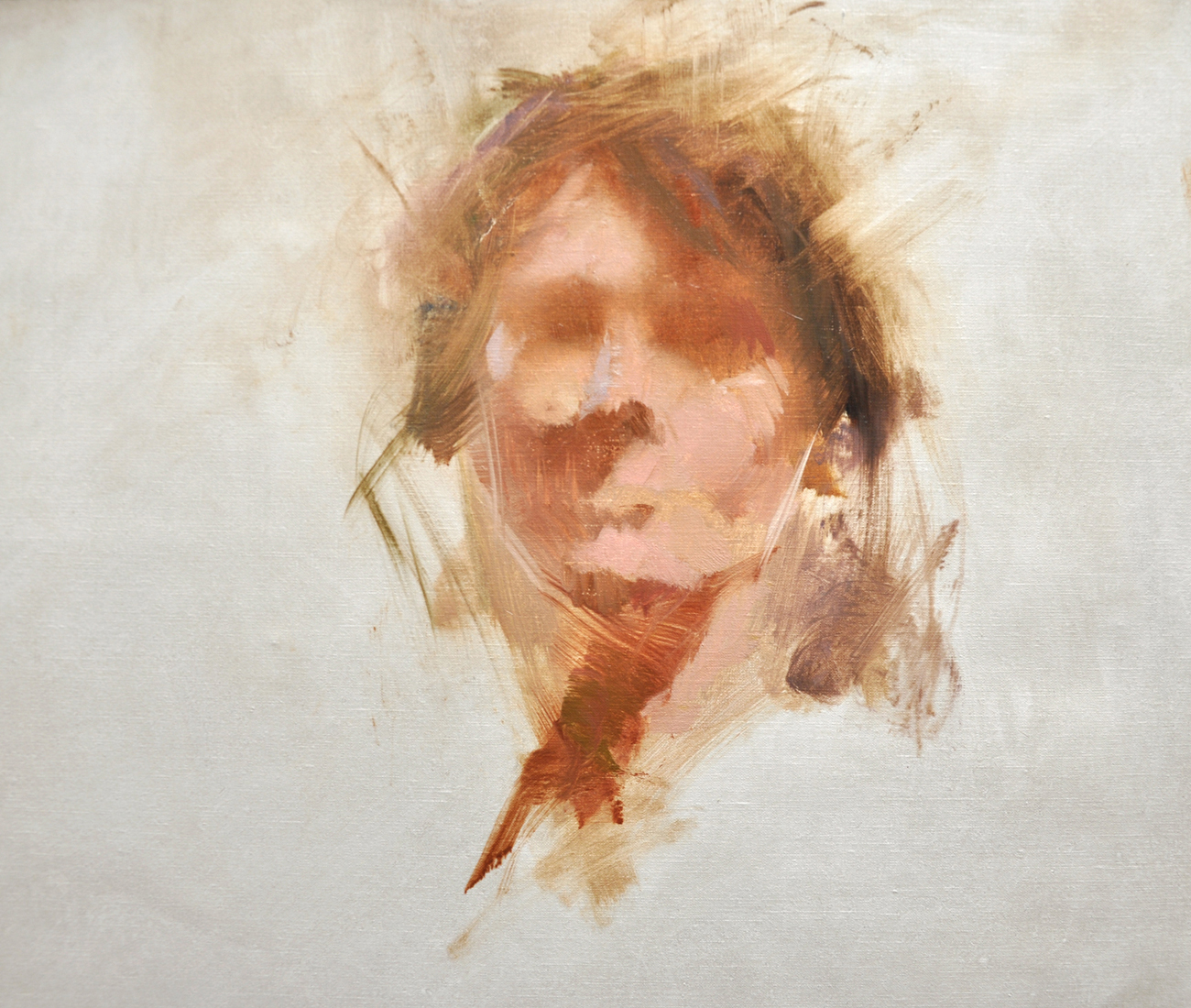How Figurative Oil Painting Changes Conventional Artistic Expression
How Figurative Oil Painting Changes Conventional Artistic Expression
Blog Article
The Development of Metaphorical Oil Paint: Understanding Its Historical Importance and Modern Interpretations
The evolution of figurative oil painting serves as an engaging lens with which to check out the interaction in between creative expression and historic context. From the careful naturalism of the Renaissance to the stirring power of the Baroque, each era has contributed layers of meaning and technique to this timeless medium. Contemporary musicians, attracting from this abundant heritage, are currently reinterpreting the human figure in manner ins which test standard narratives. As we check out these improvements, one have to think about just how the dialogue in between present and previous informs not just artistic method but likewise societal reflections in a significantly complex globe.
Beginnings of Metaphorical Oil Paint
The origins of figurative oil painting can be mapped back to the early Renaissance in Europe, especially in the 15th century. The development of oil paint allowed for better deepness of shade and information, improving the realistic look and vibrancy of their work.

In this transformative age, figures were frequently portrayed within contextually abundant atmospheres, showcasing not only their physical qualities yet additionally their mental states. Pioneers such as Jan van Eyck and Titian harnessed the medium's convenience, employing layering methods to attain luminance and appearance. This innovation promoted the portrayal of complex textiles and the subtleties of skin tones, adding to the development of portraiture and narrative scenes.
Additionally, the Renaissance emphasis on humanism fostered an admiration for uniqueness, which in turn affected musicians to develop more relatable and vibrant figures - figurative oil painting. As a result, figurative oil paint became a powerful automobile for narration and emotional involvement, laying the groundwork for future artistic movements and designs
Trick Historical Motions
Significant historical movements have shaped the development of metaphorical oil paint, each contributing one-of-a-kind ideologies and methods that broadened the medium's possibilities. The Renaissance noted a crucial minute, stressing realistic look and the human form, with artists like Leonardo da Vinci and Michelangelo pressing the boundaries of anatomical precision and point of view. Following this, the Baroque period brought significant contrasts of light and shadow, exhibited by Caravaggio, who infused religious styles with intense emotionality.
The 19th century presented Romanticism and Realism, where musicians such as Delacroix and Courbet challenged timeless suitables, concentrating on specific expression and day-to-day life. The arrival of Impressionism additionally changed the tool by highlighting the effects of light and shade, causing a separation from conventional representation.
In the very early 20th century, activities like Expressionism and Cubism redefined figurative paint through abstraction and the exploration of emotional depth. Each of these motions not only mirrored the social changes of their times yet likewise laid the groundwork for modern interpretations. The interaction between these historical activities has actually developed an abundant tapestry of viewpoints and styles, influencing modern musicians in their search of catching the human experience on canvas.
Techniques and Materials Development

Throughout the Baroque duration, methods such as chiaroscuro and sfumato arised, enhancing the emotional vibration of metaphorical compositions. Artists started to trying out glazes and impasto, manipulating texture and brightness. By the 19th century, innovations like using pre-mixed paints in tubes revolutionized access, allowing artists to repaint en plein air and catch the short lived results of light.
The 20th century observed the introduction of artificial pigments and mediums, which increased the scheme and modified the uniformity of oil paints. Furthermore, the expedition of brand-new application methods, such as scheme blades and brushes of varying stiffness, additional diversified creative This Site expression. Collectively, these advancements mirror the evolving connection in between products, techniques, and the imaginative vision inherent in figurative oil painting.

Contemporary Interpretations
Contemporary analyses of figurative oil this hyperlink paint reflect a dynamic discussion in between practice and innovation, where artists challenge developed norms and explore diverse styles. This advancement materializes in numerous means, as modern artists mix classic strategies with modern-day principles, often resolving social, political, and individual stories.
Several experts attract inspiration from historic works, yet they instill their pieces with modern point of views, using the human form as a car for discourse on sex, identity, and society. Artists progressively explore abstraction, distortion, and combined media, which enables a broader analysis of the figure and its context.
Furthermore, using brilliant color palettes and unconventional structures usually offers to interfere with traditional viewing experiences, provoking essential involvement from audiences. This shift in emphasis extends past aesthetics; it mirrors an expanding recognition of the complexities of human experience in an interconnected world.
As figurative oil painting remains to advance, it continues to be a crucial tool for exploring the nuances of contemporary life, embodying both a regard for heritage and a commitment to progressive thought. The outcome is a rich tapestry of expression that resonates with the complexities of the modern human condition.
Effect On Modern Art
The effect of metaphorical oil paint on modern-day art is extensive, as it has consistently motivated a myriad of artistic activities and methods throughout the 20th and 21st centuries. From Expressionism to Surrealism and past, the expedition of the human number has remained a central style, permitting musicians to share complex emotions and stories. This focus on metaphorical depiction has brought about a re-examination of conventional techniques, resulting in cutting-edge techniques that mix realism with abstraction.
In addition, modern artists have accepted metaphorical oil paint as a way to attend to social and political concerns, making use of the tool to challenge understandings of identification, culture, and sex. The revival of interest in figurative job in recent years reflects a wishing for link in a significantly electronic globe, where human experience and emotion are vital.
Additionally, the dialogue between metaphorical oil paint and modern-day art is apparent in the works Home Page of artists such as Kehinde Wiley and Jenny Saville, who make use of historical references while instilling their items with modern significance. Eventually, metaphorical oil painting proceeds to form and redefine modern-day artistic expression, emphasizing its long-lasting value in the art world.
Conclusion
The advancement of figurative oil painting highlights its historic relevance and flexibility across various imaginative movements. Inevitably, figurative oil painting continues to be a crucial tool for exploring the human experience, resonating exceptionally in today's electronic landscape.
The development of metaphorical oil painting serves as a compelling lens through which to check out the interplay between imaginative expression and historical context.Considerable historic movements have formed the evolution of metaphorical oil painting, each contributing one-of-a-kind philosophies and methods that expanded the tool's possibilities.As historic movements shaped the trajectory of figurative oil painting, the products and techniques used by artists have also gone through substantial changes. figurative oil painting.The effect of metaphorical oil painting on modern-day art is profound, as it has consistently motivated a myriad of artistic activities and methods throughout the 20th and 21st centuries.The development of figurative oil painting underscores its historical relevance and flexibility across different artistic motions
Report this page